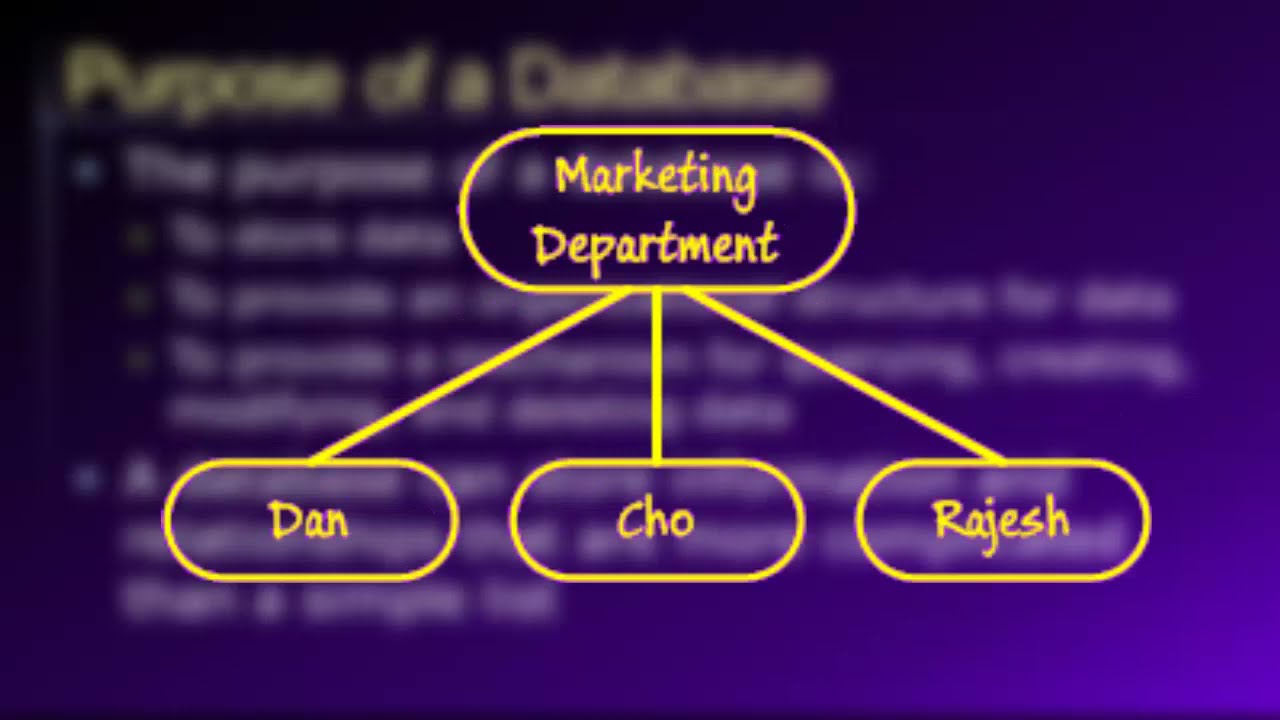
Relational Database Management is a technology that has been around for many years, and it continues to be a popular choice for storing and managing data. However, there are some aspects of this technology that can be difficult to understand. Two of these concepts are perplexity and burstiness. In this article, we will explore what these terms mean and how they relate to relational database management.

Before we dive into the specifics of perplexity and burstiness, let’s start with a quick overview of what relational database management is. A relational database is a type of database that organizes data into one or more tables, each consisting of a set of rows and columns. The tables are related to each other through common fields, creating a “relational” structure that allows for efficient querying and manipulation of data.
Relational Database Management Systems (RDBMS) are software programs used to create, maintain, and manage relational databases. Some examples of RDBMS include MySQL, Oracle, SQL Server, and PostgreSQL. These systems provide a variety of tools and features for working with data, such as the ability to create, modify, and delete tables, insert and retrieve data, and perform complex queries and calculations.
IBM has been pushing laborious on being a aggressive menace in enterprise cloud, however is much behind the leaders like Amazon AWS, Microsoft Azure and Google Cloud. It’s newest technique to turn out to be extra related, along with shopping for RedHat for its cloud experience, is to develop a sequence of “straightforward on-ramp” Cloud Paks that it claims can considerably scale back the period of time needed for enterprises to be cloud-enabled. However is that this sufficient to alter the potential of IBM to compete in a extremely aggressive fashionable cloud surroundings?

Perplexity is a term used in natural language processing to describe the level of uncertainty or unpredictability in a language model. In the context of relational database management, perplexity refers to the complexity of the data being stored and managed. This complexity can arise from a variety of factors, such as the size of the database, the number of tables, and the relationships between them.
One example of perplexity in relational database management is when there are multiple tables that are linked together through foreign keys. In this scenario, retrieving data from one table may require joining it with one or more other tables, which can result in complex and potentially slow queries.
Another example of perplexity is when there are many-to-many relationships between tables. In this case, a junction table is typically used to connect the two tables, but managing the data in this type of setup can be challenging.

Burstiness is a term used to describe the variability in the arrival rate of data over time. In the context of relational database management, burstiness refers to the tendency for data to arrive in large, unpredictable spikes rather than a steady stream. This can pose challenges for RDBMS systems, as they may not be able to handle the sudden influx of data efficiently.
One example of burstiness in relational database management is in e-commerce applications, where traffic and sales can spike during peak periods such as Black Friday or Cyber Monday. The sudden increase in transactions can put a strain on the system, causing slower response times or even downtime if the system is not properly designed to handle these bursts.

Like any technology, relational database management has its pros and cons. Here are some of the key advantages and disadvantages to consider:
While relational database management is a popular and widely used technology, it’s not the only option for storing and managing data. Here are some alternatives to consider:
NoSQL databases are a type of database that does not use the traditional relational model. Instead, they use a variety of different models to store and manage data, such as document-oriented, key-value, or graph-based. NoSQL databases are often used for large-scale applications with high levels of variability in data structure and volume.
Object-oriented databases are a type of database that stores data in the form of objects, which are similar to the objects used in object-oriented programming languages. These databases can be useful for applications that require complex data structures or that involve a lot of manipulation of objects.
Data warehouses are large, centralized repositories of data that are typically used for business intelligence and reporting purposes. They are designed to support complex queries and analytics, and typically use a different data model than traditional relational databases.
With so many options available, it can be challenging to choose the right database management system for your needs. Here are some factors to consider when making your decision:
Consider the structure of your data and whether it fits well with a particular type of database model. Relational databases are often best suited for highly structured data, while NoSQL databases may be better for unstructured or semi-structured data.
If you anticipate significant growth in your application or data volume, consider whether the database management system is designed for scalability. Some systems may require significant effort and resources to scale, while others may scale more easily.
Consider the performance requirements of your application and how the database management system can meet those needs. This includes factors such as query speed, response time, and concurrency.
The cost of a database management system can vary widely depending on factors such as licensing fees, hardware requirements, and ongoing maintenance costs. Consider these factors in relation to your budget and overall business needs.
Some popular RDBMS systems include MySQL, Oracle, SQL Server, and PostgreSQL.
Relational databases use a structured, tabular format to organize and manage data, while NoSQL databases use a variety of different models to store and manage data, such as document-oriented, key-value, or graph-based.
A junction table is used to connect two tables in a many-to-many relationship by storing the foreign keys from each table.
Burstiness can lead to sudden spikes in data volume that can strain the resources of a database management system, leading to slower response times or downtime.
Consider factors such as data structure, scalability, performance, and cost when choosing a database management system.
Relational database management is a powerful technology that has been used for many years to store and manage data. However, it’s not without its challenges, including perplexity and burstiness. By understanding these concepts and considering other factors such as data structure, scalability, and performance, you can choose the right database management system for your needs.